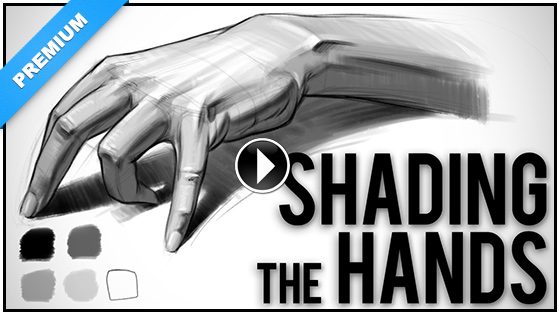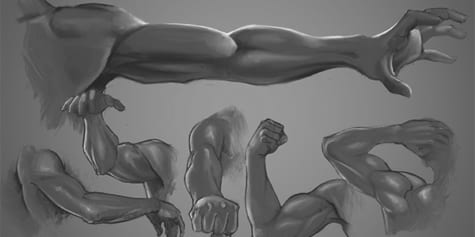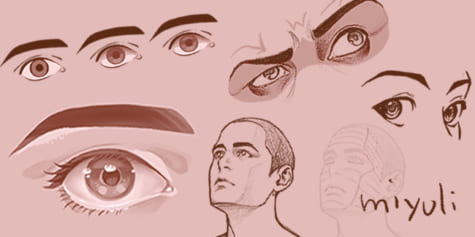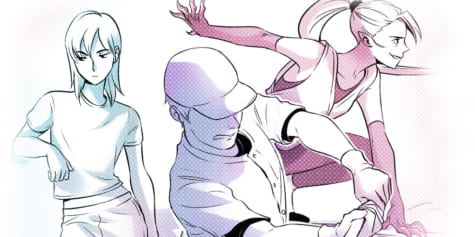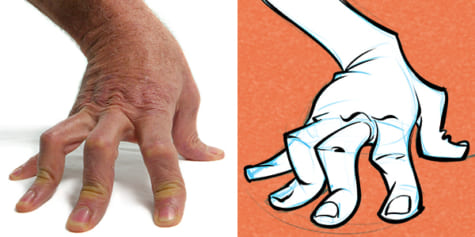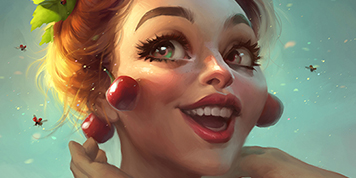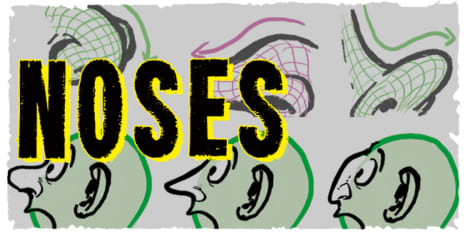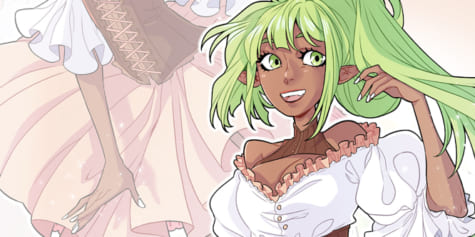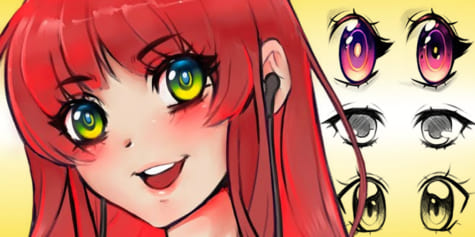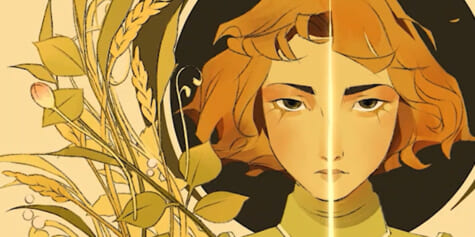Draw Expressive Hand Poses from Imagination!
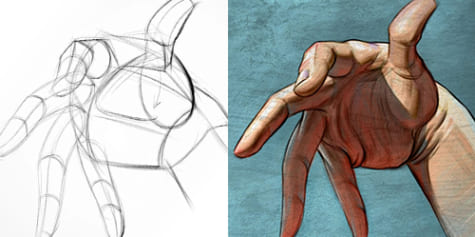
Hands are one of the most expressive parts of a pose. By conveying the story and emotion through the hands, you can add more life to your drawings. In this tutorial, artist Stan Prokopenko covers essential forms of the hand so that you can learn to create realistic hands from your imagination.
In this tutorial I’ll show the process that has helped me to draw hands accurately from imagination. It’s also a great process if you’re drawing from reference.
Keep in mind, even though the process itself is quite simple, drawing hands is never going to be easy. There’s prerequisites that make it challenging, like anatomy, perspective and shading. If you want to draw simple hands, rather than learn a simple process to draw real hands, I also have a lesson on drawing Cartoon Hands. But all this stuff ties together, so let’s get started…
The Idea
The first step is to get a clear idea of the hand you’re gonna draw. Don’t jump in blindly and start drawing. Figure out the angle we’re looking at the hand from. Can we see the back of the hand or the palm? How much of the front are we seeing? Or are we looking at it from the back? What is each finger and thumb doing? What about the wrist?
Imagine this clearly in your mind before you make a mark. And you always have your own hand that you can use to figure it out.
And don’t draw boring hands. Push the gesture. Push the story of the pose. If the action is the fingers spreading, think about what happens when you spread them farther. When I try to spread my fingers as far as I can, my wrist flexes a little and my fingers bend back. That makes the pose a bit more interesting.
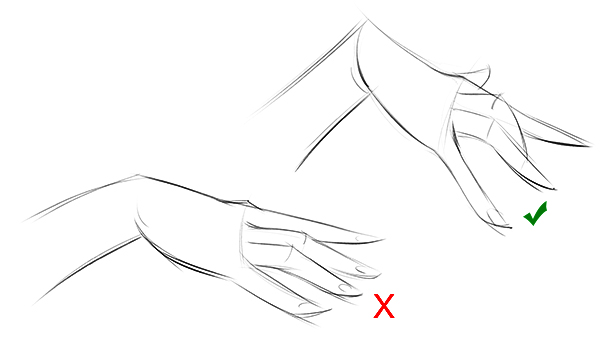
Hands are extremely expressive. When you’re drawing hands you have to be an actor. Just like when you’re drawing facial expressions. You gotta feel the expression of the hand pose you’re drawing.
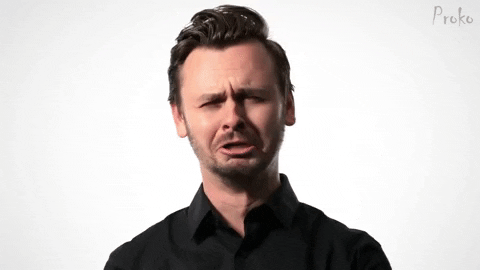
Once the idea is clear, we’ll start constructing the hands using simple forms. I’m gonna say it a lot in this lesson… it’s important to step back and think about the simple forms. The complicated collection of bone, muscle, tendon, fat, and skin of the palm becomes a simple box. The wrist is a narrower box, which bends at the carpals. The fingers become cylinders or boxes. With the hand simplified like this, it becomes much more manageable to pose, add anatomy, and to shade it.
The Palm
I mentioned that the palm areas can be simplified to a boxy form with equal height and width. That’s a good place to start, but if you want to be a little more precise, it’s good to start thinking about the nuances. Notice that the bones on the pinky side are slightly shorter. So, we should curve that front plane. The middle finger area should be longest. Later on we’ll add the muscular tear drops on both sides. For now, let’s ignore the muscle masses and just keep the palm as a simple concave box.
We’re looking at this box from the top. We can see the right side and the front plane of the knuckles. This is the sort of thing you need to figure out early on in the drawing – the proportion and perspective of all the simple forms. This applies no matter what you’re drawing. Until you’ve figured out all the basic information, you shouldn’t draw any details. It will be harder to notice and correct mistakes once you have details like fingernails, creases, and shadows crowding the drawing. Not to mention, all your wasted time and effort!
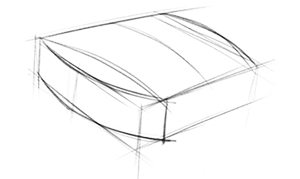
Let’s rewind. Before we add the fingers, let’s split that front plane into 4 parts. That way we know where each finger extrudes from. Don’t forget about the foreshortening!
If you can do that, you have a really good starting point and you’re on your way to drawing an awesome hand.
The Fingers
At this point you can start extruding the finger segments, but it helps me to start with some kind of gestural or wireframe guideline. I’m gonna give you 3 options that you can choose from. Everyone has their preferences and different poses might call for different approaches.
If the fingers are grouped together, you can try to imagine a mitten shape for all of them. If one or more of the fingers is separate from the group, draw it separate. Group the ones that you can and decide if they’re bending.
Another way is to throw down some lines and dots for the knuckles. This can help figure out the position and length of each segment with minimal lines that are easy to adjust.
The third option is to draw the gesture of each finger. Don’t worry about separating each phalanx. Ignore the joints and just identify the motion of each finger. Do this very lightly.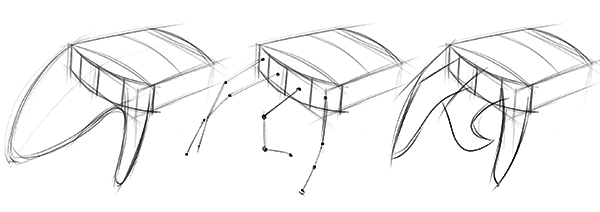
As I said, different poses will call for different approaches or combination of them. And, everyone has their preferences. Try them out and see what you like.
A good tip is to start with the pinky and index finger. It’s easy to figure out the middle two once you get the pinky and index. They’re either distributed evenly between or grouped in some way. Personally I like to look for ways to group some fingers together, unless the expression in stronger without grouping, like in this case. Which fingers to group together is up to you. Whatever results in the best expression.
Ok, now let’s add some structure to the fingers. Usually I like to use cylinders for each segment. Cylinder because they’re easier and quicker than boxes. And it’s pretty easy to turn a cylinder into a box later, if I want to indicate the rotation of that cylinder. An indication of the box at the joint is enough.
There’s 12 segments in the fingers, and that doesn’t even include the thumb. That’s a lot of cylinders and boxes to think about. It’s tempting to rush through them, but fight the feeling of urgency. Get them in the right spot, with the right proportions and perspective. As you’re working and correcting your mistakes, you might notice that your line are getting darker and darker and darker… This makes it hard to work on details later. Do your best to keep your lines light and clean throughout the construction process. Don’t scribble and create a mess. Think through the drawing.
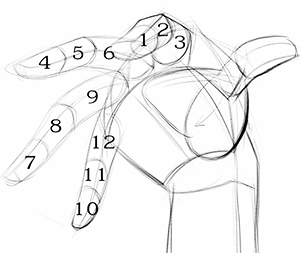
The Thumb
In the hand bones lesson, we learned about the triangular box for the base of the thumb.
Learn more about drawing the bones of the hand in this tutorial:
This triangular box can be stretched, squished, and rotated depending on the position of the thumb’s metacarpal. Look at your thumb and see all the different ways it can move. Sometimes I imagine the metacarpal bone to make sure it’s position is believable and the length relates correctly with the others. The gap between the thumb and palm is filled with muscle and skin in a triangular shape. Thus, the triangular box. Or just a long gesture through the bones and then an indication of the skin between the knuckles. Up to you.
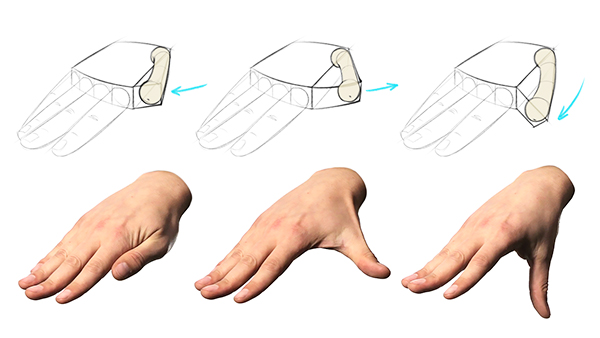
From that triangular box, extend a cylinder for the first phalanx. And then a triangular scooped wedge shape for the end of the thumb. Kinda like a trowel. And from profile, remember it will look like a dog head.
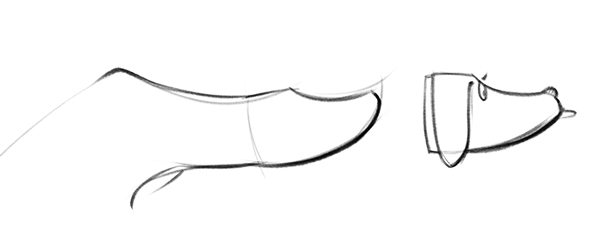
The Wrist
On the surface, the wrist curves to fill the gap between the palm and forearm. So, a good place to start is the 2×4 form of the forearm bones. The wrist would be a transitional plane when there’s a bend. Look at Bridgman for inspiration when designing the wrist. Here’s a few different poses so you can see how the wrist behaves. Notice how he puts a little step down from the forearm to the hand. It’s a nice design that can make your drawing more interesting and dynamic. Instead of putting the hand and forearm on the same level, put the hand lower than the forearm. That step gives a nice flow through the wrist.
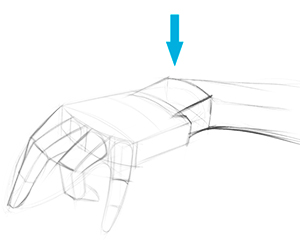
At this point we have the hand posed. From here we just develop the forms of the muscles, and the details like skin folds, fat, veins and tendons. If you think the process has been kind of meticulous so far, you’re right. As you get comfortable with the process, you’ll be able to skip some steps or just throw quick indications of the forms instead of constructing all the meticulous boxes. The thing is, to get good enough to do that, you have to practice the meticulous way first. That gets the forms ingrained in your head so that you can draw accurate indications of them later. Drawing quickly and loosely is a skill developed by drawing slowly and carefully. This tutorial is intended for those that are in it for the long haul. The students that are willing to put in the time now to become one of the best. I hope that’s you!
Muscles
The main muscular forms of the hands can be split into three sections, which I call Papa Bear, Mama Bear, and Baby Bear.
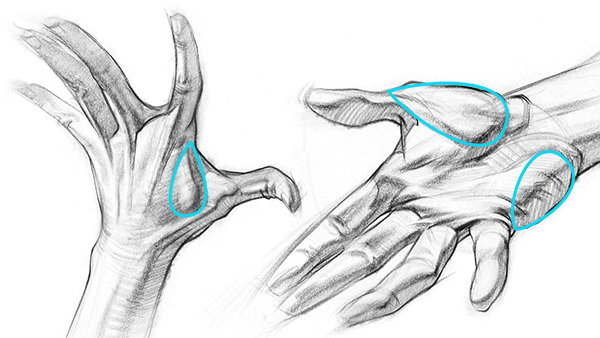
The Papa Bear on the thumb side of the palm is the biggest. I always think of it as a drumstick. A thinned stretched out drumstick if the thumb is pulling away from the palm. A thick round drumstick when the thumb is squeezing against the palm.
The muscles on the pinky side are also a teardrop, but they’re mostly covered with a thick layer of fat on the palm. I include the fat and draw the form as a convex box. When the pinky is flexing or abducting, the crease between the fat and muscle appears. I’ll show the corner of the fat pad, and the round form of the muscle belly. If the the pinky was relaxed, I would round out this edge.
When the thumb is squeezed in, these two forms are separated by a crease. Otherwise, don’t force a crease in there. Remember, hand butts…
So, in this pose, since the pinky is abducting away from the others, I would see a crease here between the fat and muscle.
This tutorial is covered in more detail in the following video. Check it out for more on the drawing process and a detailed explanation of drawing the hand.
About Proko
Proko is a resource for artists to get good art instruction videos.
In addition to free resources, it also offers premium courses designed to give artists a detailed understanding of a specific subject. Premium courses are downloadable and include extended videos, assignment demos and examples, e-books, critique videos, and 3D models.
Other Videos in this Series
Check out the rest of the lessons in this series to learn more about drawing the bones and muscles of the hand to make your hand drawings realistic.
Assignment
So lets do it. Your assignment is to follow this process and draw 5 hands from imagination. Post them in the Anatomy Group. I might critique your drawing in the next critique video.
Get the Hand Model Pack
By the way, I just published a new hands reference pack. These should help you guys practice sketching hands, study the anatomy, and could be references for your illustrations. There’s a bunch of different poses. Over 1500 photos total. And Marshall Vandruff is one of the main models. If you want it, grab it here.
Alright, go have some fun.
Shading and Details
At this point, I like shading in the primary forms. I pick a light direction which I feel works best with this pose. To watch me shade and invent all details for these hands, check out the premium anatomy course. There’s so much to learn about human anatomy and if you’re ready to dive it, check out our Anatomy Course.
Drawing from imagination is good paired with drawing from life. If you’re drawing from imagination and you’re really struggling with a certain pose, take a picture of your own hand in that pose and study it. When you study from life you learn more about how the hand works and how the shapes look in various poses. You can use that knowledge to improve your work from imagination.
Interested in character art & design or what it takes to become a character designer?
Check out the link below!





